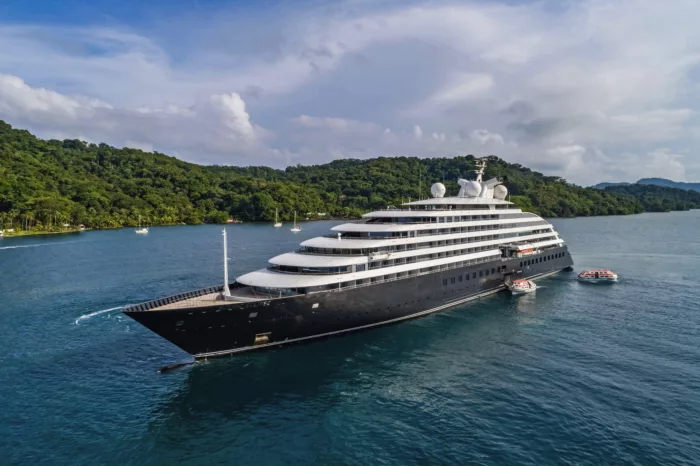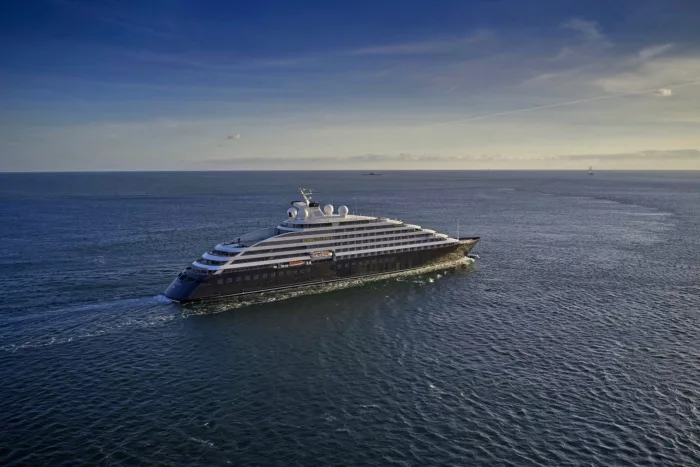
Scenic Ocean Cruises
Scenic started out in 1986 as a coach touring specialist. In 2008, the Australian company launched their river cruise programme.
Just over a decade later, Scenic entered the world of ocean cruising. Scenic Eclipse made her debut in 2019 while sister ship, Scenic Eclipse II, set sail on her inaugural journey in April 2023.
228
Passengers
176
Crew
2019
Launched
17085t
Tonnage
168m
Length
22m
Width
17kts
Speed
8
Decks
USD
Currency
Cruise Itinerary
Ship Details


Scenic Ocean Cruises
Scenic Eclipse
Inspired by the sleek contours of a sailing yacht, Scenic Eclipse sets the benchmark in ultra-luxury ocean cruising.
Cabins
All Prices
















